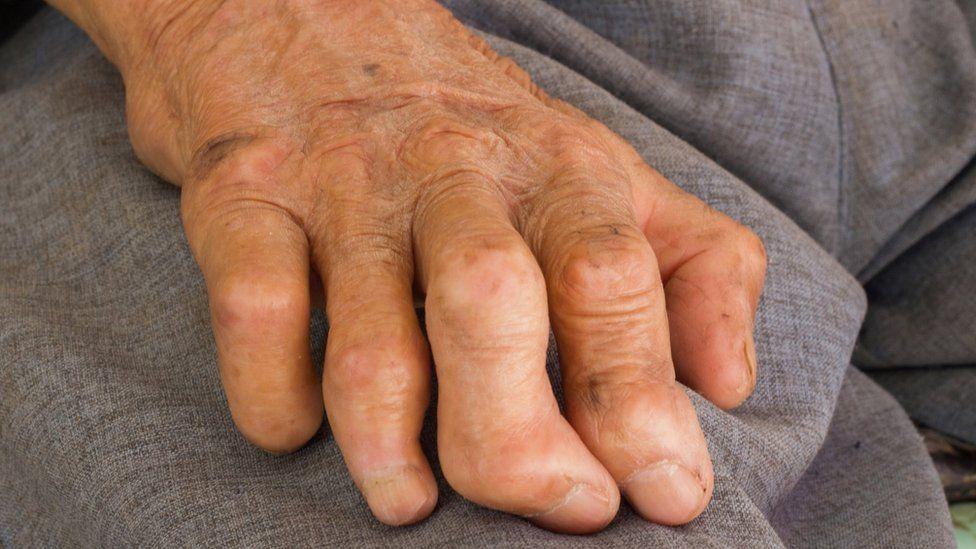
Leprosy, also known as Hansen's disease, is a chronic infectious disease caused by the bacterium Mycobacterium leprae. It primarily affects the skin, peripheral nerves, and mucous membranes of the upper respiratory tract. Leprosy has been known to exist for thousands of years and has affected millions of people throughout history.Transmission of leprosy occurs through prolonged and close contact with an infected person who has not received treatment. It is important to note that leprosy is not highly contagious and can be treated and cured with multidrug therapy (MDT), which consists of a combination of antibiotics.
The clinical manifestations of leprosy can vary widely, ranging from mild to severe. The disease primarily affects the skin and peripheral nerves, leading to various symptoms such as skin lesions, numbness, and muscle weakness. If left untreated, leprosy can cause permanent disabilities and deformities. To combat leprosy, the World Health Organization (WHO) initiated the Global Leprosy Program, aiming to reduce the number of cases and prevent disabilities. The main strategy includes early detection and prompt treatment with multidrug therapy. The program also focuses on social and economic rehabilitation of people affected by leprosy, as stigma and discrimination are significant challenges faced by individuals with the disease. Fortunately, leprosy is a treatable and curable disease, and with early diagnosis and appropriate treatment, the vast majority of patients can be cured. Various organizations and governments continue to work towards eliminating leprosy as a public health problem globally.
